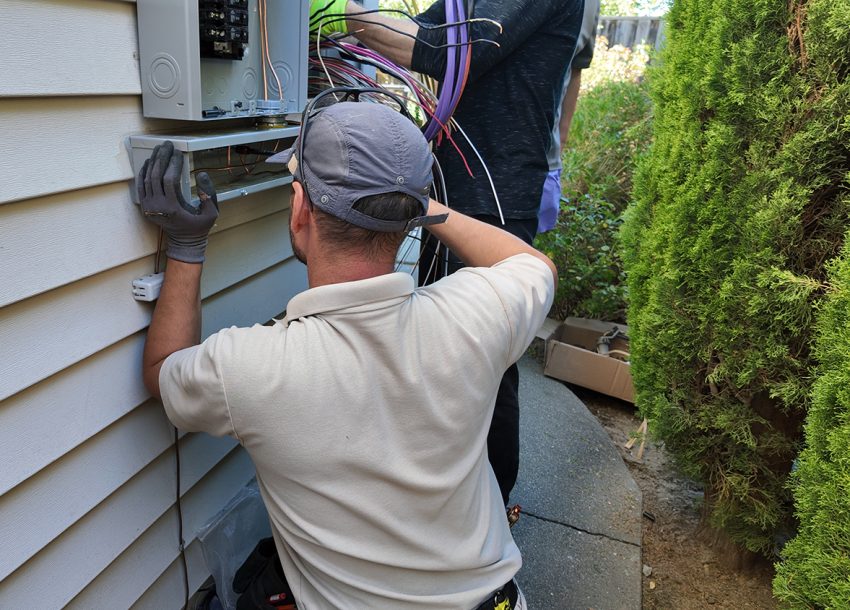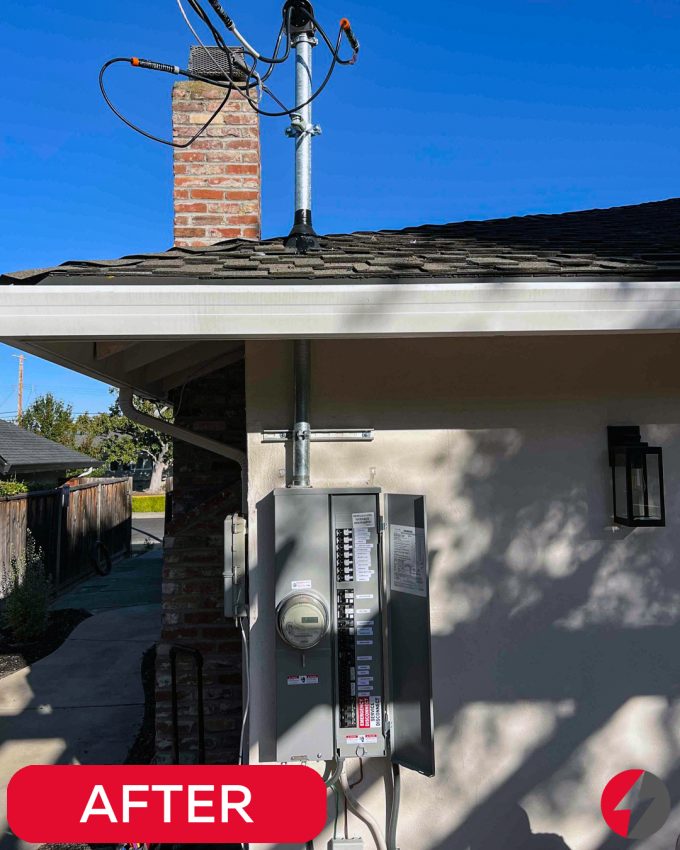
As a homeowner you probably already know that the most important thing for your electrical system to be is safe and efficient. Most homes distribute the power via a central electrical pane, where the main power supply is distributed to all the circuits in your house. However, in addition to the main you might have heard about an electrical subpanel. While not every home need one, subpanels can be a valuable addition. In this article, we’ll describe what a subpanel is, how it functions and how it differs from the main panel. You will also learn everything about the benefits of having one, and when you might need to install one in your home.
What Is an Electrical Subpanel?
An electrical subpanel is a smaller service panel; it’s actually just a small, cute satellite to the main electrical panel of your home. It distributes power to a specific area for example, a garage, workshop, or a basement. The subpanel is connected to the main panel through a cable. With it, you are going to be able to independently organize the electrical circuits that are in that separate area from the rest of the house.
How Does It Work?
The subpanel draws power from the main electrical panel but serves only part of the house. In short, the subpanel is like a smaller brother of the main panel. It contains its own circuit breakers, and each breaker controls a circuit that supplies electricity to outlets, lights, or appliances in the designated area. For example, if you install a subpanel in your garage, all the electrical circuits running to your garage—such as lighting, outlets for power tools, or an electric vehicle charging station—can be routed through the subpanel. This localizes the control of electricity to that part of your house, and it makes it easier to manage and protect circuits specific to that location.
Main Panel vs. Subpanel: What’s the Difference?
The main panel is the main electrical hub of your home’s electrical system. It connects your house to the external power supply, usually through overhead or underground utility lines. The main panel contains a main breaker that controls the entire power supply coming into the home. From the main breaker, power distributes through circuit breakers, each of which controls a specific circuit in your home.
On the other hand, a subpanel is an extension of the main panel. Unlike the main panel, the subpanel does not control the entire home’s electrical supply; instead, it serves specific circuits in a particular area or for a specific purpose. A subpanel has several breakers instead of one main breaker that are all connected to the main panel.
The main difference between the two is that the main panel manages electricity through your whole house, and the subpanel is responsible only for the circuits in the areas it’s designated for.
Why Install a Subpanel? The Benefits
Not every home needs a subpanel, but sometimes installing one can be super beneficial. Here is what you get when you install a subpanel:
Increased Electrical Capacity
One of the main reasons for installing a subpanel is to increase your home’s electrical capacity in a particular area. If you’re adding some space to your home, such as garage or workshop, a subpanel provides a way to manage that extra electrical load.
A subpanel allows you to add more circuits without overloading your main panel, which may already be near its capacity. This can prevent potential electrical hazards, such as tripped breakers or overheating wires, which usually occur when circuits are overloaded.
Better Circuit Organization
Subpanels help you better organize your home’s electrical system. Instead of routing all circuits through the main panel, you can use a subpanel to group circuits related to a specific area of the house. For example, all the electrical circuits for a garage or basement can be handled through a subpanel installed in that space.
This makes it easier to troubleshoot electrical problems, do repairs, or add new circuits in the future without dealing with the main panel.
Convenience
Imagine you have a subpanel in your detached garage, and the breaker trips while you’re working with power tools. Instead of having to walk all the way back to the main panel in the house, you can simply reset the breaker in the garage.
Avoid Overloading the Main Panel
In older homes, the main panel may already be operating at its maximum capacity. In these situations adding new circuits can be dangerous and difficult. Installing a subpanel provides a practical solution for those new circuits without replacing the entire main panel.
Do You Need a Subpanel in Your Home?
Well, it depends. If one of the following is true for your home, maybe you need to consider adding a subpanel:
You Plan Home Additions or Renovations
If you’re planning a big home addition, such as a garage or detached structure, a subpanel may be necessary. For example, if you’re building a new workshop that requires dedicated circuits for heavy-duty tools, a subpanel is one thing you need to enjoy your workshop in safety and peace.
You Have Lots of High-Powered Appliances or Systems
Upgrading your home with high-powered systems like EV chargers, HVAC systems, or hot tubs can also indicate the need for a subpanel. These types of systems often require dedicated circuits that could overwhelm your main panel if there’s no more capacity.
Your Main Panel is at Capacity
If your main panel doesn’t have enough slots for additional breakers, or if your home’s electrical system is already near its capacity, a subpanel can provide the extra room needed for new circuits. A licensed electrician can tell you whether your panel is too overloaded or not.
Conclusion
A subpanel helps you manage the electricity in the specific areas in your home, particularly when you do home additions, renovations, or use high-powered appliances. It provides greater capacity, better organization, and increased convenience. Always consult with a licensed electrician to evaluate your situation and ensure that your electrical system is safe and up to code—we are here to help you with that! Call today (408) 898-1576 or write to support@fuseservice.com.





